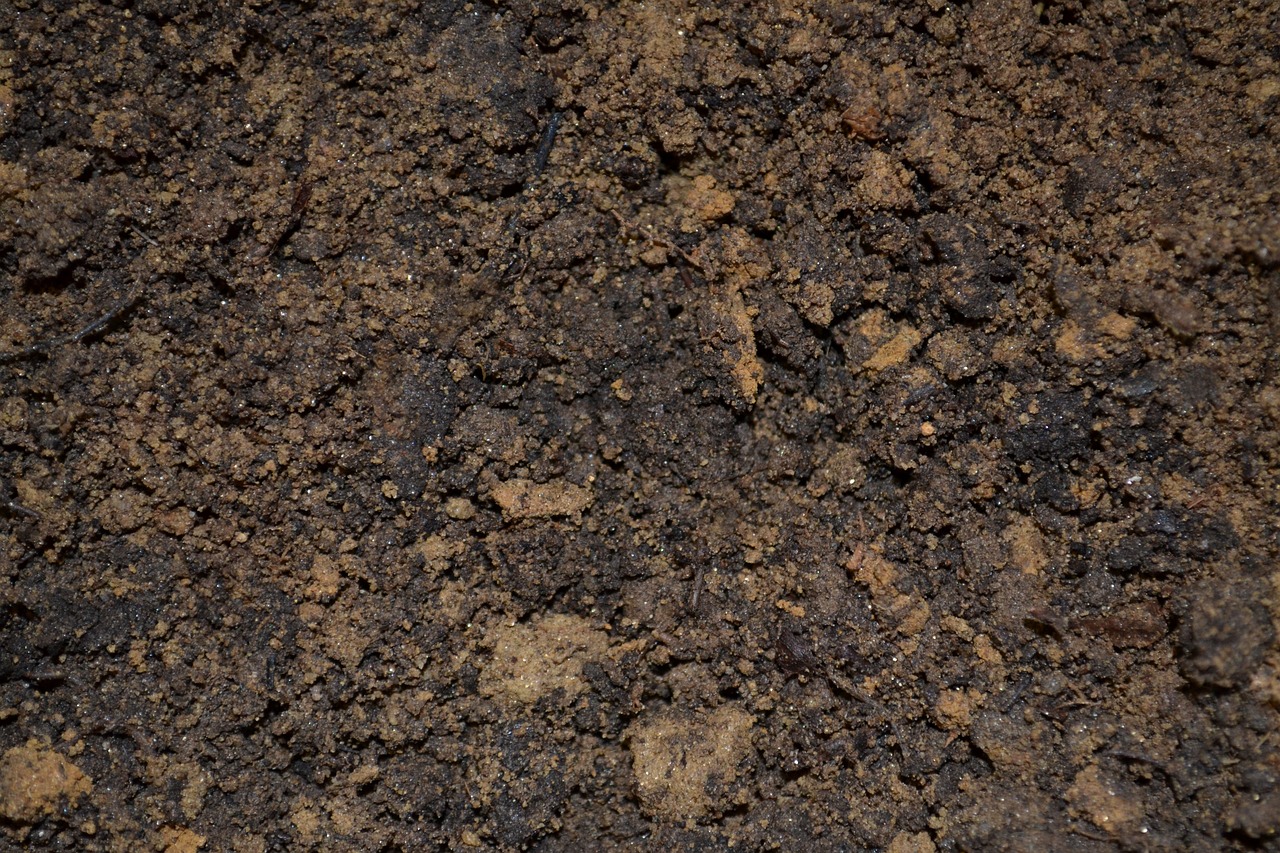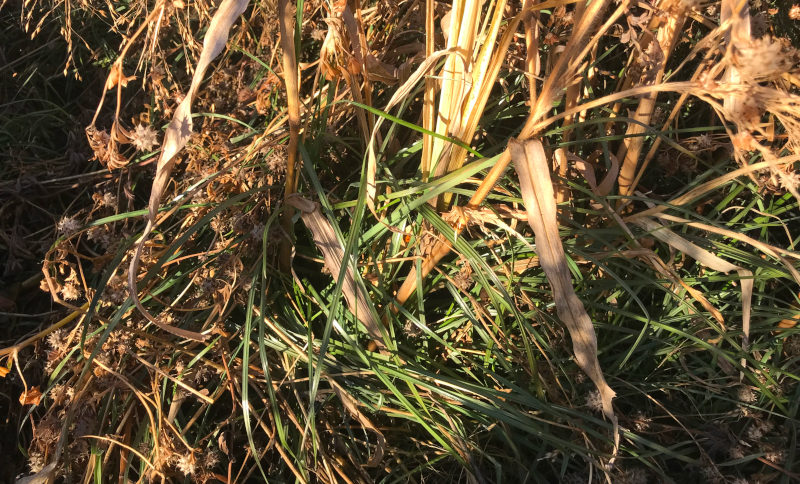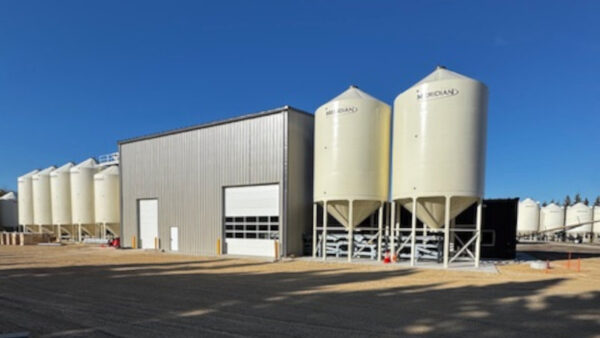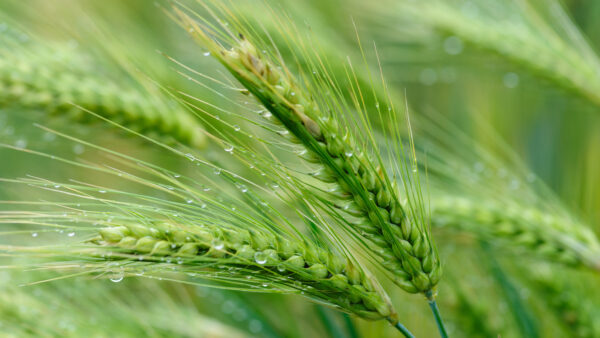Since the dawn of agriculture, the battle against weeds has raged. Defiant plants growing where they are not wanted. Weed presence seemed to accelerate with monocultures, tillage, and the use of fertilizer. To add insult to injury, now weed control is complicated by having herbicide tolerant weeds, and weeds that are not easily killed by tillage. Maybe these rogue plants are trying to tell us something. Maybe there is a reason for these weeds.

In Dr. Elaine Ingham’s presentations, she talks about plant succession, which is a series of similar plants that grow in a particular soil state. She has identified a range of ratios of fungal:bacterial populations in the soil. In early successional soils, bacteria are the dominant type of microbes in the soil, which will quickly cycle nutrients and support fast-growing plants. This in turn will start to develop soil.
As the soil organic matter rises, a higher fungal:bacterial ratio will be supported, allowing higher successional plants to grow. This process will continue, starting with simple soils supporting early plant forms, to grasslands, forbs and flowers, shrubs and vines, and eventually trees. Environmental and agricultural management will allow the succession to move either forward or backwards.
Annual weeds are typically early successional plants, present when the fungal:bacterial ratio is relatively low. With a high bacterial population, nitrogen tends to get broken down quickly. Lower successional plants use nitrate as a main source of nitrogen. Nitrate requires a significant amount of energy to transform to amino acids or other forms as compared to ammonium, urea, or more complex nitrogen containing molecules like amino acids. As the fungal component of the soil increases, the amount of nitrate tends to decrease, being replaced by ammonium.
By utilizing modern agronomic practices, we tend to move the fungal:bacterial ratio lower. Tillage damages fungal hyphae and stimulates bacterial growth. Synthetic fertilizer stimulates bacterial growth and typically drives up available nitrates in the soil, especially when the entire supply is in place at seeding. Throw fungicide applications into the mix, and you will reduce fungal growth, widening the fungal:bacterial ratios. These issues stop our soils from moving up in succession, allowing higher successional plants to receive signals to grow. By staying in the early successional stages, early successional plants are triggered to grow. Hence, you get weeds.
Not all weeds are triggered by low successional stages. Perennial weeds such as thistle and dandelion indicate that there is an anaerobic zone in the soil, relating to poor soil structure and a low calcium supply rate in the soil. These weeds are calcium and phosphate accumulators, plus they are mycorrhizal fungi-friendly. The deep tap roots are bringing up more calcium to release back into the soil. This will flocculate the soil minerals, creating more aeration. The root exudates of the weeds will support more microbial growth, especially in the compacted areas, helping to speed up the soil remediation process.
Without changing management, the weeds will persist. To effectively get the weeds to disappear, we need to support the function of the weeds, ideally without relying solely on the weeds. It may mean doing some “surgical” tillage, creating minimal disturbance to get the desired results, then helping the system repair by adding cover crops which do similar jobs as the weeds.
There is something in our management system that is not allowing our soils to successionally move forward, away from the conditions that trigger weed growth. Once we provide conditions where the plants can thrive, we can eliminate weed, disease and insect issues. It is said that disease and insects are the garbagemen of nature; they take out garbage plants.
Utilizing cover crops to help move the successional path does not have to be complicated. We must be aware of the implications of modern chemical-based agronomic practices and what they do to the soil microbes, plant exudates, and nutrient cycling. Any damage done to the system needs to be repaired and strengthened. Cover crops can play a major role in this.











